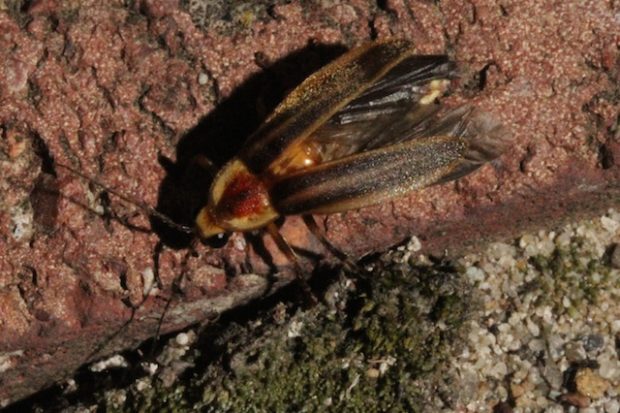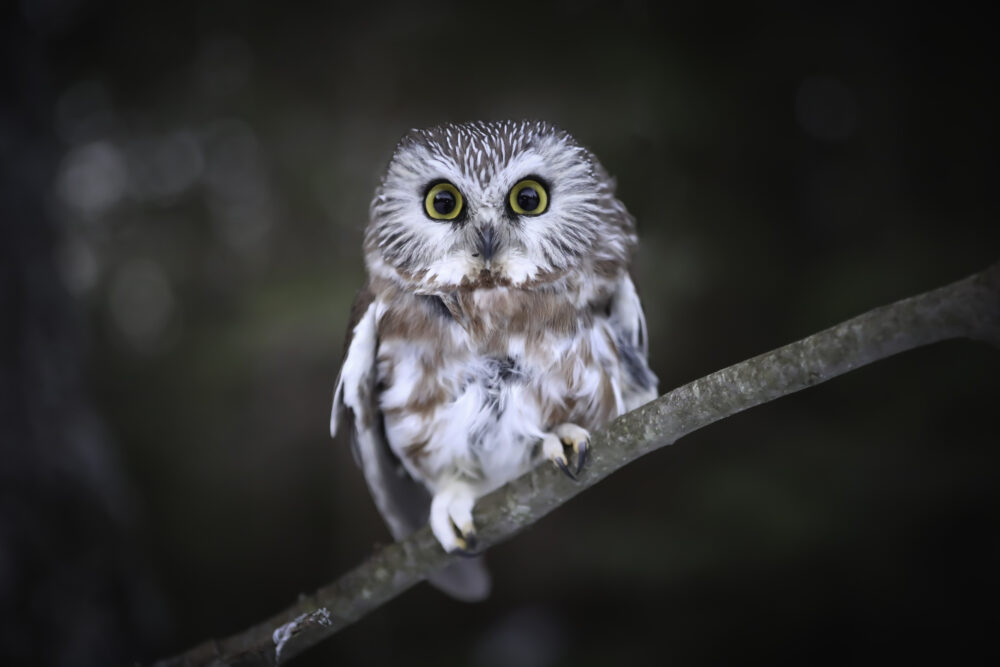We have much more to do and your continued support is needed now more than ever.
Aggressive Mimicry: Wild Wizards of Trickery and Illusions
Let us begin with wildlife that have unusual adaptations to assist in the hunt and child rearing.
Cuckoo Bird
Being called a “cuckoo” has never been an insult to this bird. Native to Europe but also found in the states, the cuckoo has hit the payload of adaptations, brood parasitism. Why build shelter and care for your young when you can have a full-time nanny? A female cuckoo does this by inconspicuously laying her eggs in another species nest.
Once hatched, the cuckoo grows at a much swifter rate than that of the host species and ejects the host’s young out of the nest to their doom. This allows for the sole devotion of resources from the foster parents to the cuckoo chick.
How does it do it, you ask? The cuckoo has the unique ability to mimic the eggs of the host species in size, shape, pattern and texture. The resemblance is so uncanny that the foster mother can’t easily detect the intrusion. And if that doesn’t impress you, the cuckoo has been known to successfully parasitize 30 different species of host birds.
[youtube]https://www.youtube.com/watch?v=SO1WccH2_YM[/youtube]Video from Artur Homan
Sleeper Cichlid
Anyone planning a fright for Halloween this year may want to take a tip from this corpse mimicking predator. This east African fish is known as the “sleeper” cichlid due to its unique and deadly hunting behavior. It uses a form of aggressive mimicry to lure its prey by lying on its side at the bottom sediments of the freshwater floor.
[youtube]https://www.youtube.com/watch?v=SePOjCCn86M[/youtube]Video from PBS
Its intricate markings resemble that of a decaying fish; so when scavengers approach the “rotting carcass” for a quick nibble, the sleeper cichlid abandons its position and ambushes the vulnerable unsuspecting scrounger fish before it has a chance to say supercalifragalistic…you know the rest.
Margay

In a tantalizing tale of vocal mimicry, scientists have discovered that this wild cat imitates the distress call of its favorite dinner’s baby – the pied tamarin monkey. The unsuspecting adults monkey scurry across the trees to investigate the anxious call and inadvertently become the margay’s next meal.
The margay exhibits a form of aggressive mimicry. This is a strategy where the predator imitates behavior, or in this case sound, of their potential the prey. Thus, luring the dupe to a position where predator has the advantage. This highly evolved predatory behavior is extremely effective and sounds like a story out of Aesop’s fables.
Alligator Snapping Turtle
Not only does this prehistoric-looking reptile hold the record for being the largest freshwater turtle in North America, it also has a unique adaptation in its mouth called a vermiform appendage. Native to the southeastern region of the United States, the turtle will use this appendage to hunt.
[youtube]https://www.youtube.com/watch?v=gC13oJjkwnM[/youtube]Video from Ryan M. Bolton
To attract an unsuspecting victim, this turtle will lay on the bottom of the riverbed and open his jaws to reveal what looks like a delicious bright red wriggling worm, luring prey by fiendishly twitching this appendage back and forth. A fish that gets duped by the turtle’s tongue will swim right into the range of the hungry predator’s jaws.
With a bite force of 1000 lbs, this reptile can easily amputate a human finger!
Photuris Firefly
There’s something alluring and romantic about viewing the magnetic glow of the native firefly. However, for the Photuris firefly romance and courtship is not in the air. Instead, the air is filled with a telltale mist of mimicry and murder.

The catch? Photuris fireflies mimic the mating flashes of the female Photinus fireflies, luring the lustful male closer only to squash his dreams of courtship and devour him dry.
But the reasons for the murder of the male Photinus firefly go beyond a scrumptious supper. The most riveting reason is that the males of the Photinus firefly themselves contain defensive chemicals that repel predators such as birds and spiders. These fireflies can only acquire these chemicals when discharged from blood. So, as Photuris fireflies eat their prey, they produce the defense chemicals, and like a superpower, become rejected by hungry predators.
Join Now Join the National Wildlife Federation to help conserve habitat for native wild wizards like the cuckoo bird, snapping turtle, and more!





















